What is the tolerance range of precision screws?
What is the tolerance range of precision screws?
Service Hotline
+86760-8787 8587We have more than ten years of production experience in the screw industry, the main products are: GB889.2 nuts, 304 non-standard screws, hexagon head handle screws, cover type decorative nuts, T-nuts for children's beds and sofas, 100 floor pull-out screws, 304 thin Cup head screws, screws with washers, high-strength screws, material pressure riveting parts pressure riveting round nuts, DIN7991 screws, square nuts and nuts, surveillance camera studs, round head screws, self-tapping self-drilling screws and other fasteners, Due to the different materials and specifications of the products, the prices are also different, please contact us if necessary.


1. The expansion phenomenon of the spring washer is generally not the problem of the spring washer itself. 2. The spring washer with the expansion ring must be subjected to a radial external tension. The external tension is derived from the tightening axial force generated by the tightening torque. The chamfer creates a radial component of the axial clamping force, which expands the opening of the spring washer. The smaller the chamfer diameter, the greater the possibility of ring expansion. 4. Adding a flat washer between the nut and the spring washer helps to slow down or prevent the expansion of the ring, but the flat washer is too thin or too soft. Prevent ring expansion 5. The reason for the hydrogen embrittlement fracture of spring washers is generally due to unreasonable heat treatment process and the failure of hydrogen removal treatment after electro-galvanizing. A large number of tests and long-term practical experience have confirmed the above analysis.
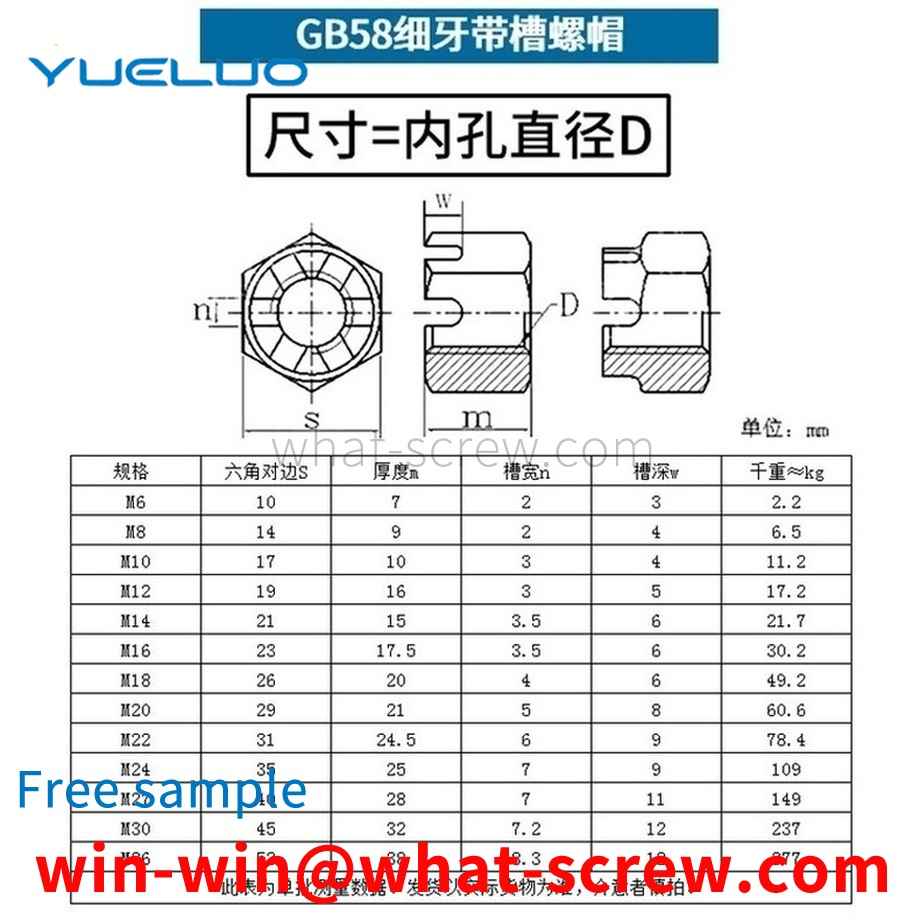
A kind of nut provided by Yueluo. The nut is in the shape of a casing and is provided with a threaded section. The hole walls at both ends of the threaded section are respectively provided with an annular shape and two grooves, and the notch of the groove points to the hole core. The hole diameter at the notch of the annular groove at the front end of the screw-in direction is larger than the nominal size of the thread segment, and the hole diameter at the notch of the annular groove at the rear end of the screw-in direction is smaller than the nominal size of the thread segment.
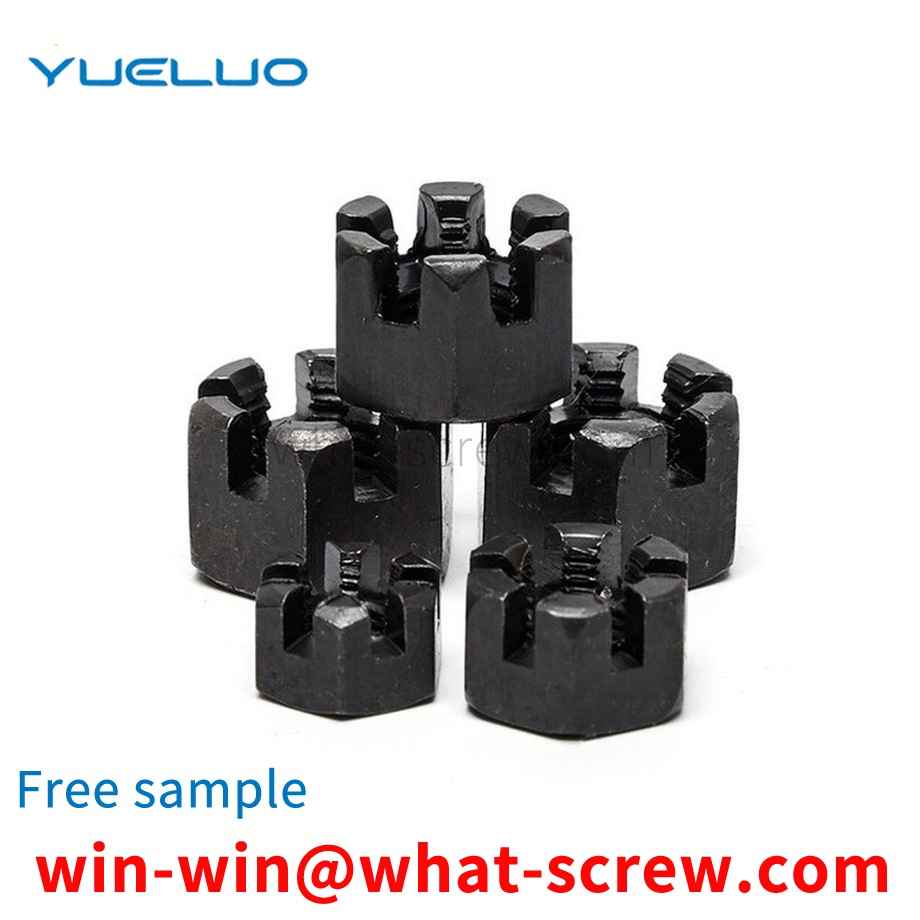
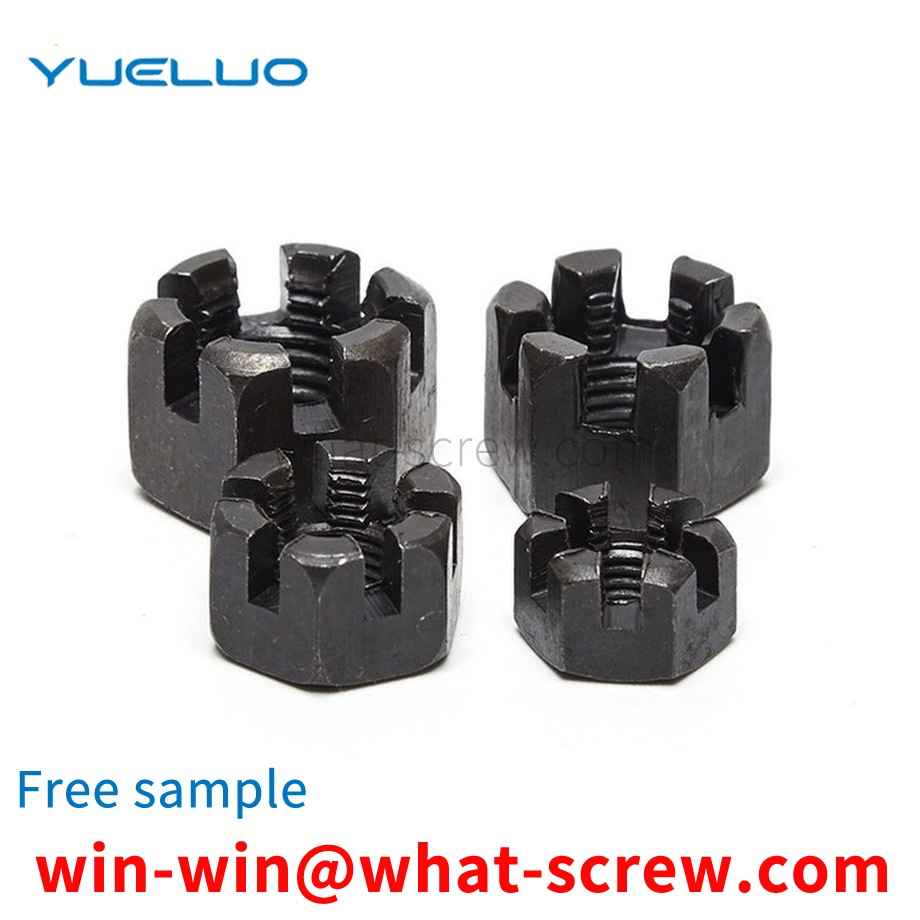
In terms of screw standard specification broadcast, there are two versions of the national standard, one is GB70-76, the 76 version, and the other is GB70-8585 version. Our company is now implementing the DIN912 standard, so it should be paid attention to in actual business operations. Difference: GB70-85 and DIN912 completely overlap, so there is no difference in the use of the new standard, mainly because there is a difference between GB70-76 and DIN912: M8 series hexagon products, GB70-76 round head diameter It is 12.5MM, which is smaller than 13.27MM of DIN912. For M10 series inner hexagon products, the round head diameter of GB70-76 is 15MM, which is smaller than 16.27 of DIN912. The inner hexagon of M12 series, the round head of GB70-76 The diameter is 18MM, which is smaller than the opposite side of DIN912, which is 18.27. In addition, the round head diameter of the inner hexagon GB70-76 of M16 and M20 series is 0.33MM smaller than that of DIN912, which are 24MM and 30MM respectively. DIN912 is 24.33MM and 30.33MM respectively. In addition, the width of the inner hexagon between the old standard and the German standard is different due to different standards. The inner side of GB70-76 is smaller, and it should be paid attention to in business operations. In addition, there are also some differences in the carriage screws that may be used at ordinary times. I will also make an explanation here. In the national standard, there are two standards for carriage screws, namely GB12 (small semicircular head square neck screw) and GB14 (large semicircular head square neck screw) Neck screws), and the German standard DIN603 is usually more commonly used in the market. Now to distinguish these three: for the round head and neck, when comparing the same specifications: GB12
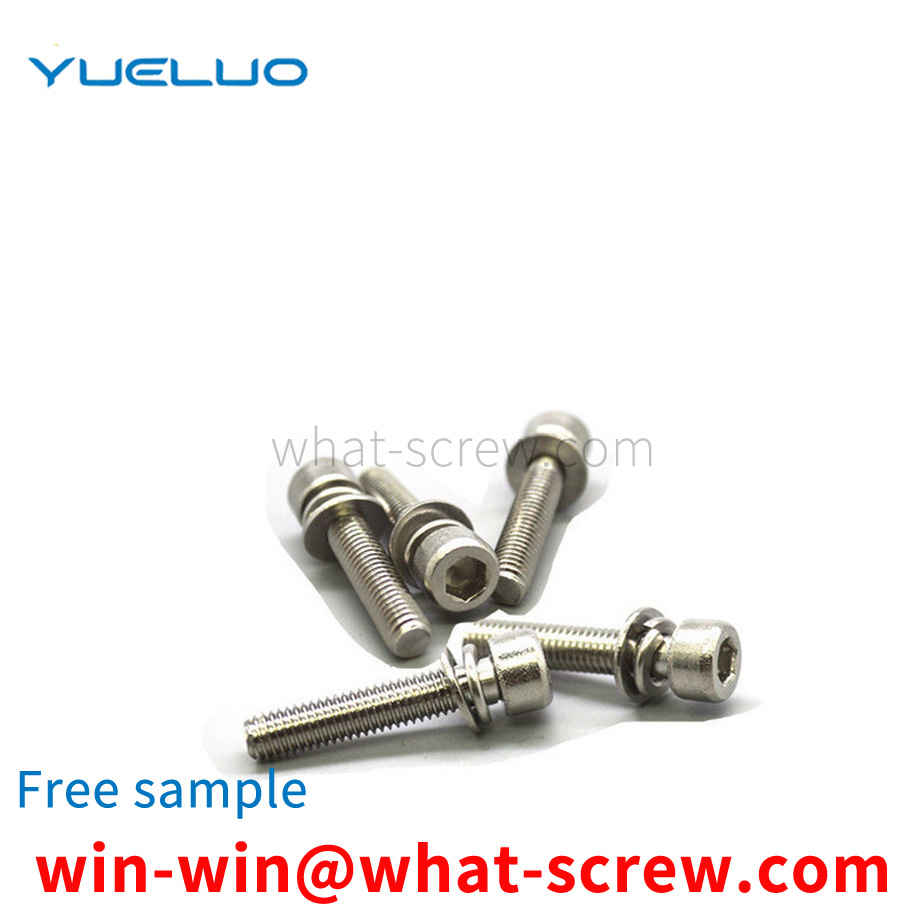
In steelmaking plants, the wheels of metallurgical casting crane trolleys used for hanging liquid metal are connected with cardan shafts through flanges. Usually, a keyway is set in the radial direction of the connecting flange, and the keyway is a through groove. The B-type flat key is set in the keyway to transmit torque. During the frequent forward and reverse motion of the wheel, the flange connection bolts are easily loosened. Since the keyway is a through groove, the B-type flat key is easily caused when the flange connection bolts are loosened. It falls off from the keyway of the connecting flange and cannot transmit the torque, which seriously affects the working efficiency of the locomotive. In addition, because the B-type flat key falls off and cannot transmit the torque, the locomotive can only rely on the connecting bolt to transmit the torque when it continues to work. Poor, it is easy to damage and scrap the connecting bolts, and then damage the connecting flanges, requiring frequent replacement and maintenance, high cost, and difficult maintenance.
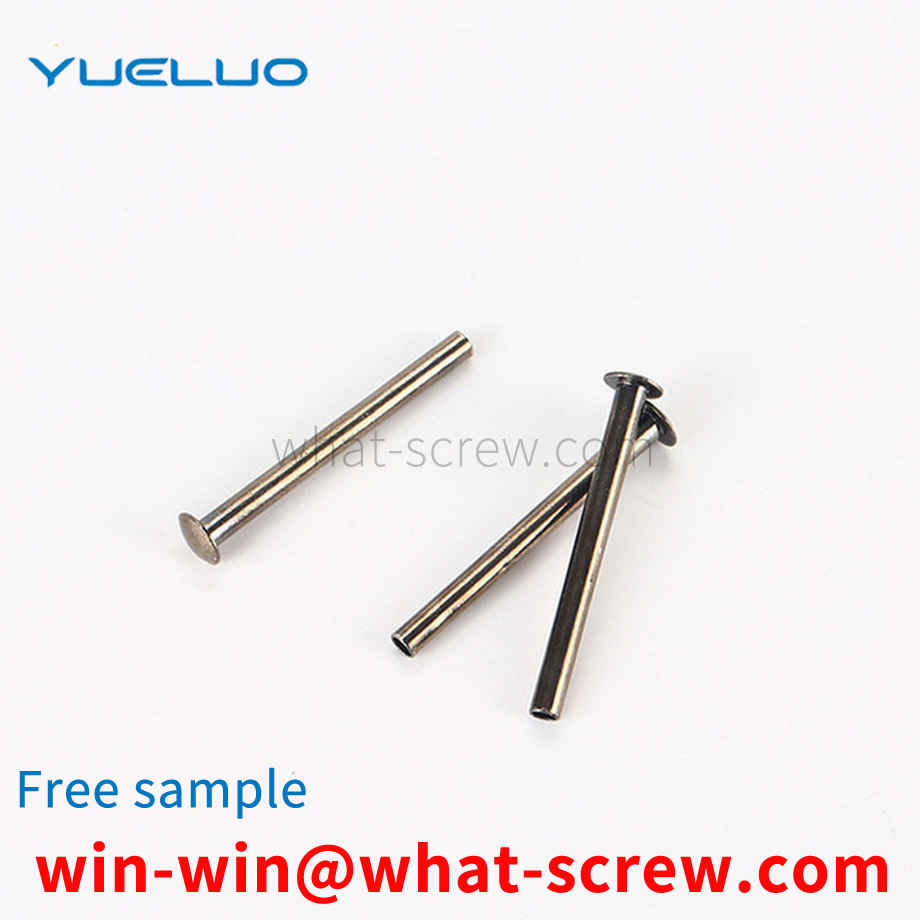
The above content is uploaded by Yueluo or the Internet. If there is any copyright issue, please contact [email protected].

What is the tolerance range of precision screws?

How to choose the right stainless steel screw manufacturer?

Why is there an R angle under the head of the hexagon head s...

We have more than ten years of experience in screw industry ...

We have more than ten years of experience in screw industry ...

We have more than ten years of experience in screw industry ...

We have more than ten years of production experience in the ...